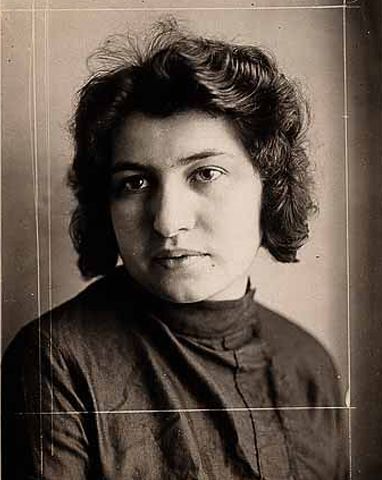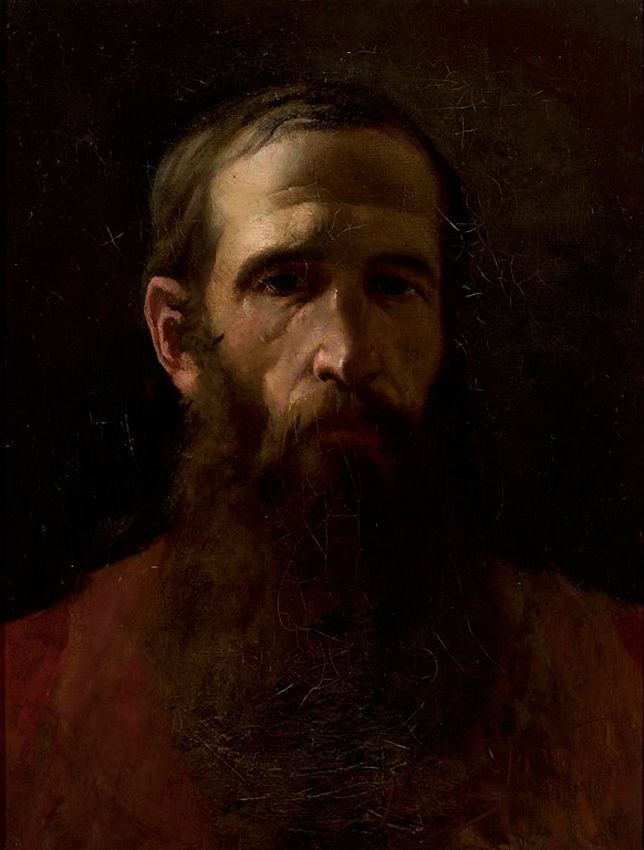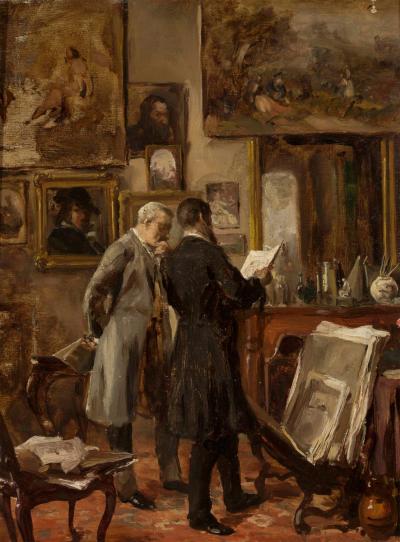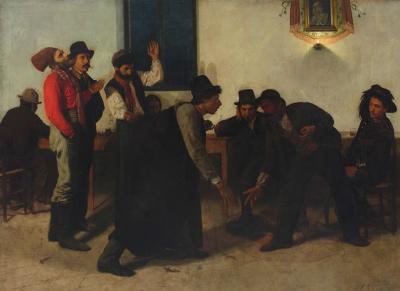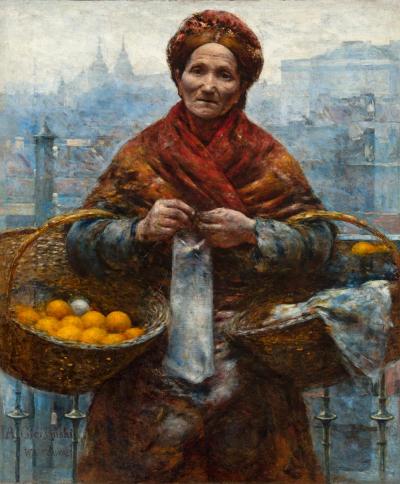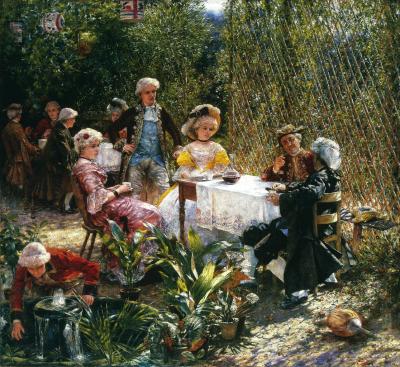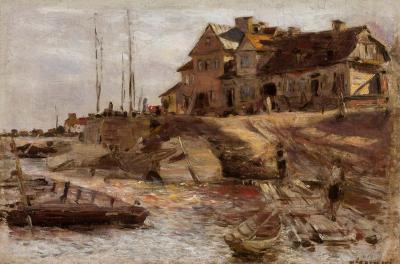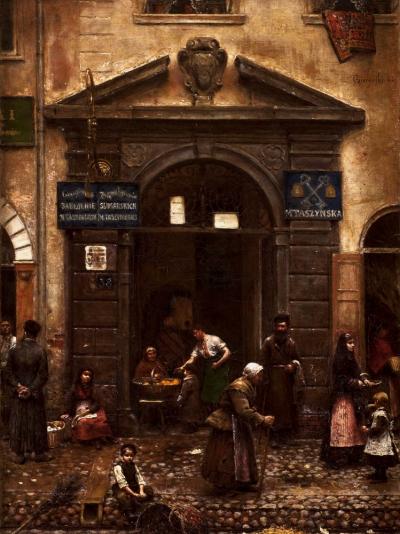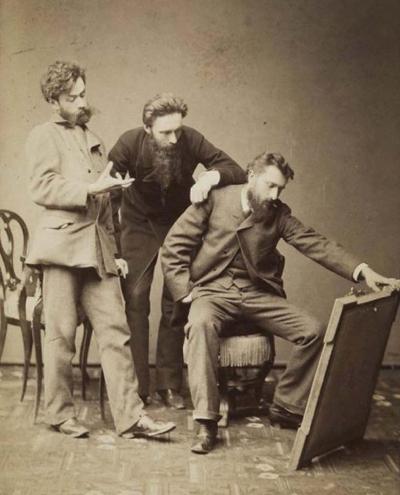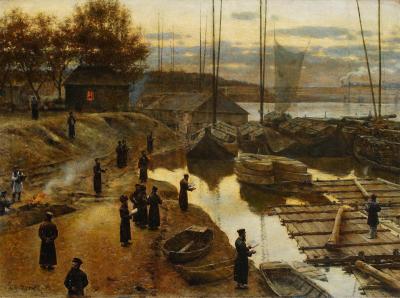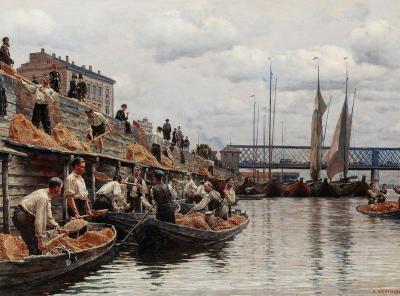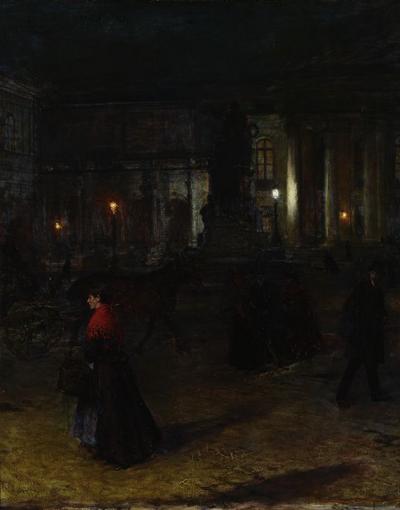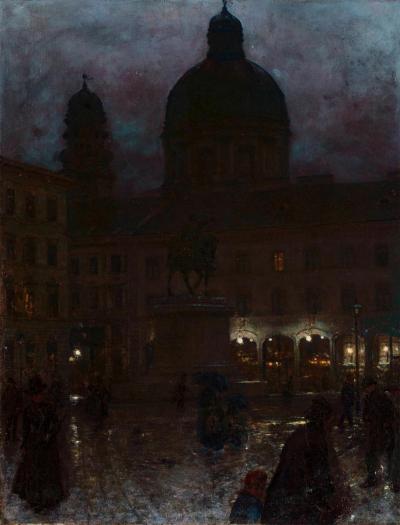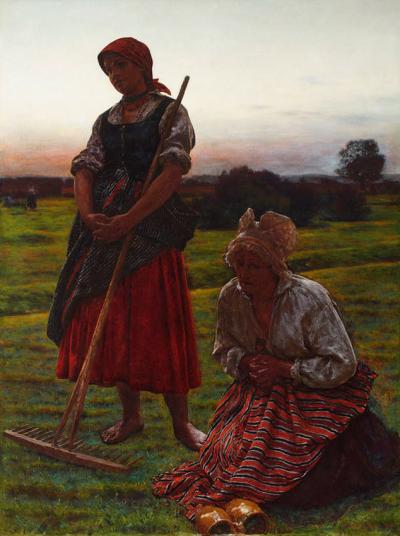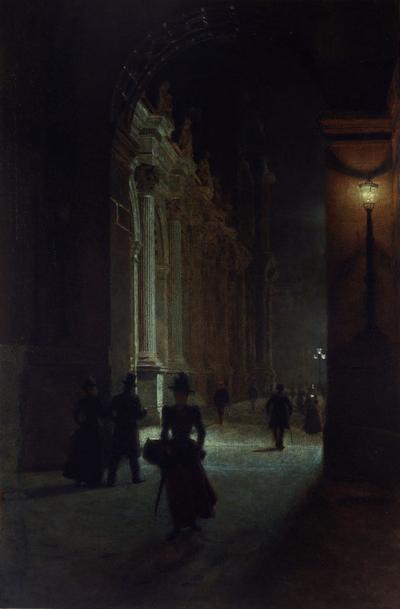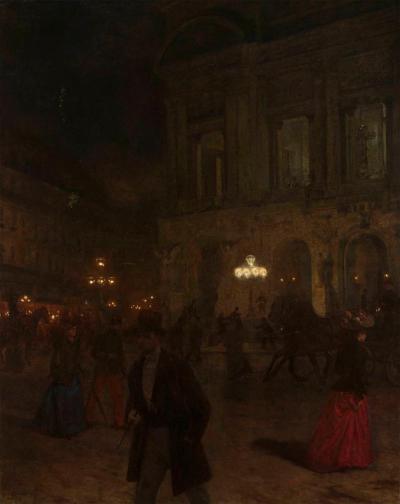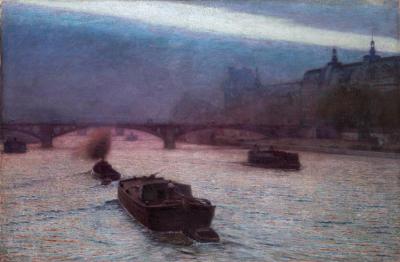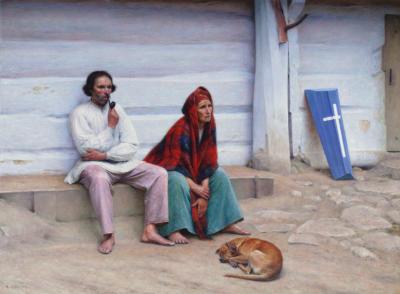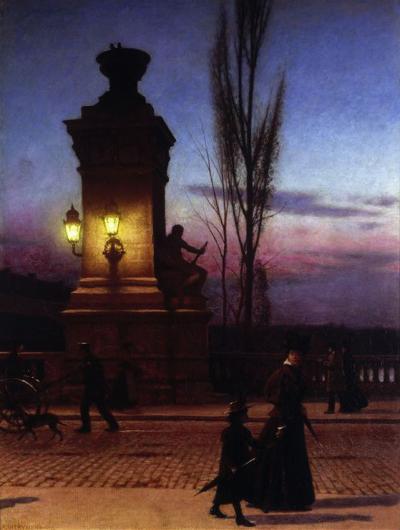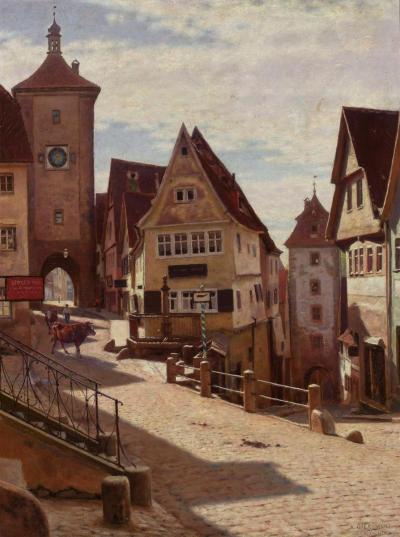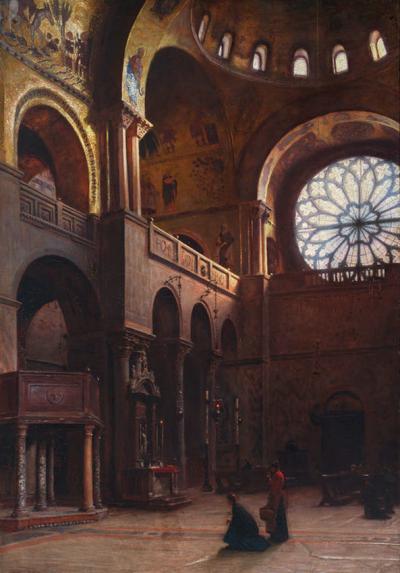Aleksander Gierymski
Mediathek Sorted

Aleksander Gierymski was born on 30th January 1850 in Warsaw, three years after his brother Maksymilian. Their father Józef Gierymski (1800-1875) worked in the military administrative building and was head of the military hospital in Ujazdów. By contrast with his brother who had previously been involved in technical studies and had taken part in the 1863 January uprising, Aleksander was able to follow his artistic leanings and talents directly. At first, like his brother before him, he took drawing lessons for a few months in 1867 under Rafał Hadziewicz (1803-1883) in the Warsaw drawing class (Klasa Rysunkowa), that had been set up in 1865 after the School of Fine Arts (Szkoła Sztuk Pięknych) had been closed down on account of its students participation in the 1863 January uprising. In 1868 he followed his brother to Munich. Here he also trod in his footsteps. In order to improve his drawing skills he matriculated at the Academy of Pictorial Arts in the “antique class” given by Alexander Strähuber (1814-1882), after which he studied under the history painter Hermann Anschütz (1802-1880).
By contrast with Maksymilian, who then pursued his studies in battle and equestrian scenes at the private painting school belonging to Franz Adam (1815-1886), Aleksander remained at the Munich Academy. He took courses under the history painter Johann Georg Hiltensperger (1806-1890), who had made a name for himself with frescoes in the Munich Residenz and the Hofgartenarkaden, before moving on in 1870 to the masterclass of Carl von Piloty (1826-1886). Under Piloty, who had been a professor at the Academy since 1856, the art school had become an important centre for realistic history painting. Józef Brandt (1841-1915), the most important Polish painter in Munich, had studied there since 1863. In 1871 Aleksander travelled with his brother to Venice and Rome. In 1872, along with two other highly valued Polish painters, Władisław Czachórsky und Maurycy Gottlieb, he selected a literary theme for his diploma under Piloty: this was a motif from Shakespeare’s “Merchant of Venice”, which won him the prize for the best composition. In the following year he painted the court scene from Shakespeare’s comedy, which he displayed in the German art section at the Vienna World Exhibition in 1873. Alongside his brother Maksymilian five other Polish artists were also represented here.
After Maksymilian fell ill with tuberculosis in 1872 and his stays at health resorts in Merano and Bad Reichenhall had brought no improvement to his health, Aleksander accompanied his brother to Rome in the following year in the hope that the climate there would provide him with a cure. Whereas Maksymilian completed his last painting in Rome in 1874, a Parforce Hunt in 18th-century costumes, Aleksander turned to genre motifs in Roman taverns like Playing Morra (Ill. 2). Seen from an academic point of view they are perfect. They show a balanced selection of colours and a particular interest in the use of light. Nonetheless he was reproved by contemporary Polish critics for choosing such trivial scenes. In summer 1874 Maksymilian (presumably accompanied by his brother), travelled to Munich to consult doctors there, after which he took a cure at Bad Reichenhall, where he died in September. Aleksander returned to Rome where he lived and worked until 1879. During this time, in order to counter the criticism of his “popular” motifs, he painted an Italian Siesta with Roman patricians in Renaissance costumes, inspired by masters of the Italian High Renaissance like Titian und Tintoretto.




